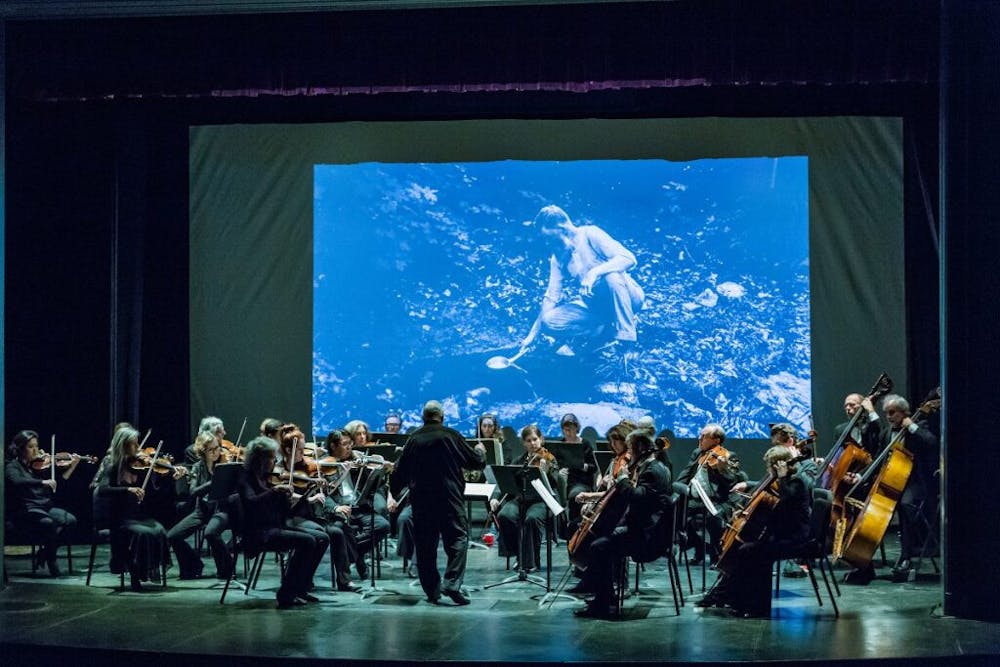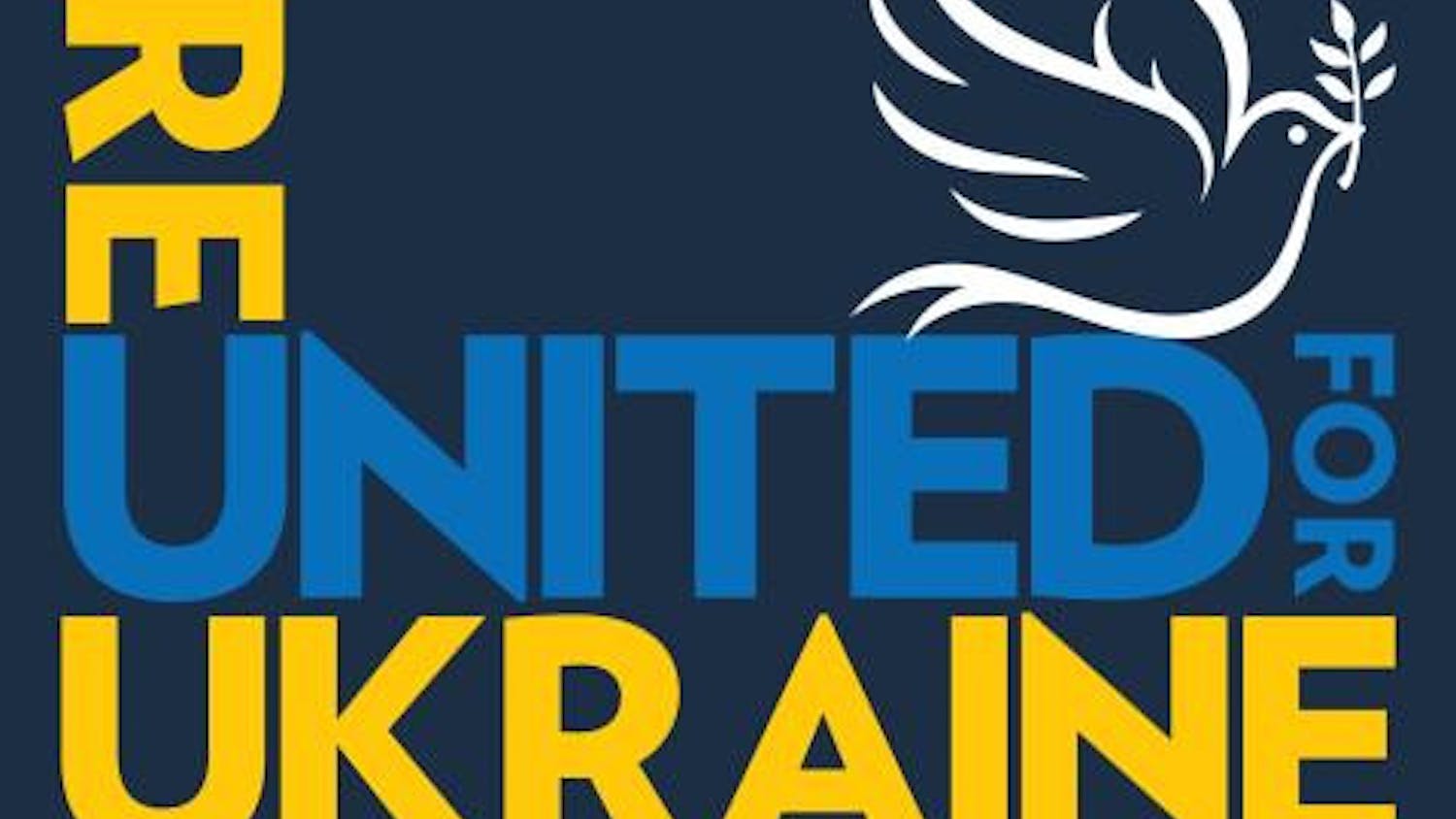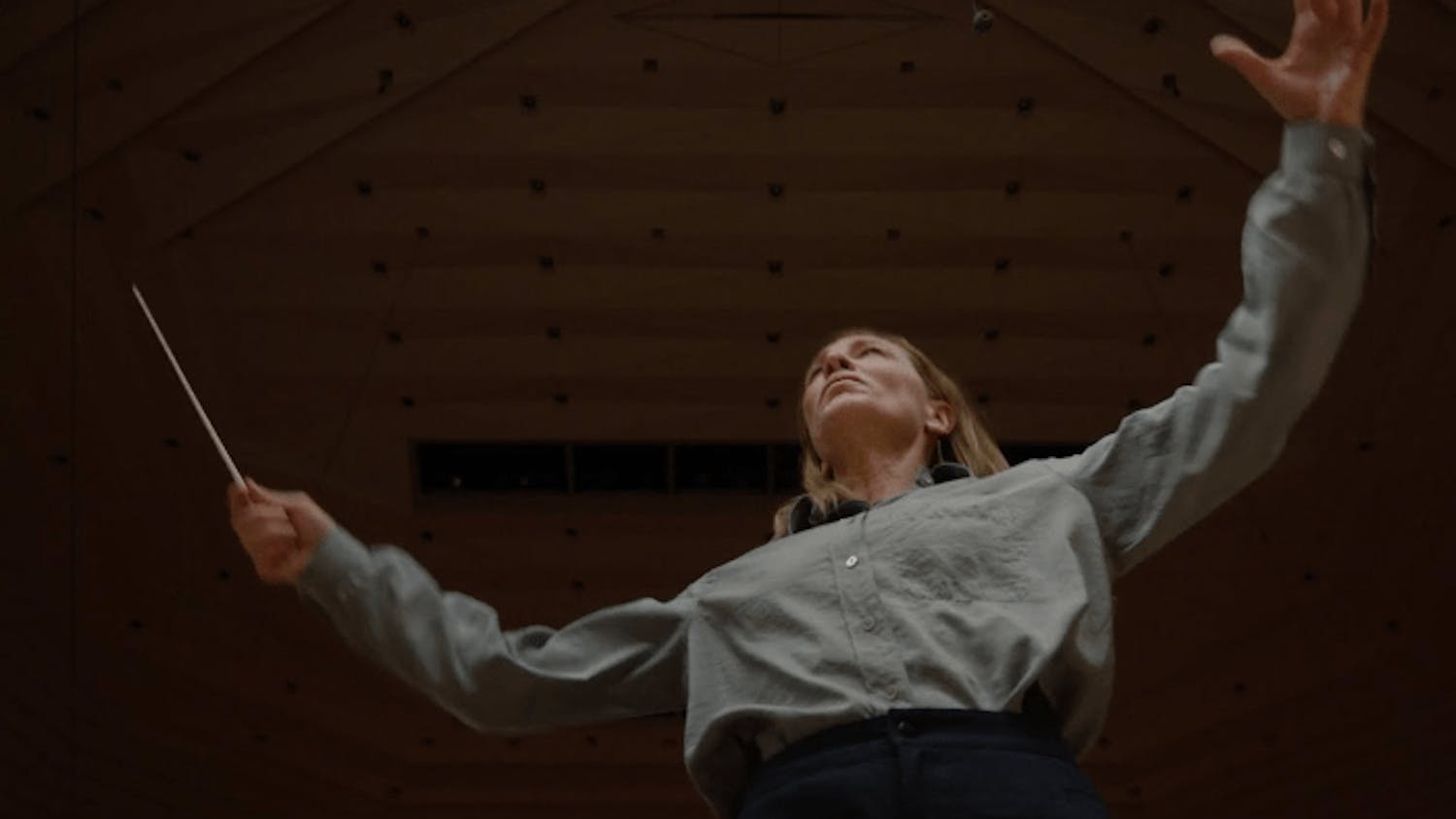What do a dairy farm, film photography about caregiving, a paper animation about German folk tales, Mayan rituals, prison, shopping carts and balloons have in common? Absolutely nothing. And yet, such were the subjects of the six short films, each made to be performed with a live accompaniment, that were shown on Friday night at Robison Hall with the Vermont Symphony Orchestra, as part of the event “A Night at the Movies.” Dozens of students, community members, faculty and even some of the producers and directors of the films themselves piled into the auditorium. The ensemble appeared serene as conductor Matt LaRocca took the stage and began to introduce the night’s event.
LaRocca’s passion for the performance was quickly made clear. For him, incorporating live orchestra into cinema is an opportunity to connect with visual art in a profound way. Furthermore, these movies, unlike silent films or Golden Age Hollywood flicks, felt much more personal for LaRocca because they are all shorts that premiered at the Middlebury New Filmmakers Festivals throughout the past six years.
The first film, “Estrellita” is a tragic but beautiful animation about a young daughter losing her father, a dairy farmer, to detention by border police. The animation, created by director of the Middlebury Animation Studio Daniel Houghton, was set in a magical Vermont setting — complete with snow-covered fields and cows to match. The film began with characters flying around the screen in a fantasy state, a scene that appeared again toward the end in a dream sequence between the daughter and father. The scenes that were happy and accompanied by a gentle orchestral arrangement starkly contrasted the louder and faster melodies which accompanied the darker visuals of the short. The film resonated with Ryan Smith ’25, a Vermonter who plays for the student orchestra and is interested in agriculture and food studies. “I really appreciated the way the imagined view of what the world looked like fades away as border patrol comes, and the reality of farm life comes into view. What often looks so beautiful about Vermont is covered by a layer of pain right down below it,” Smith said.
Not all the films were as somber. One of the most unique and perhaps most tame was a paper-cut animated short entitled “& Gretel Hansel Kinrumpelstilts,” directed by Chris Caswell, which, as the name suggests, is a mashup of two iconic tales told out of order. The medium was particularly striking, with subtle movements in the little paper images that were perfectly followed by the sound of the instruments. Liza Grebenkina ’25 especially appreciated how the reordering of the fairy tales offered the audience the simultaneous feelings of familiarity and foreignness. “It allowed the viewers to follow the images associated with the stories through emotion, and not chronology,” Grebenkina said.
LaRocca joked at the end of the sixth film that the next and last one was a family favorite, in that it was a light-hearted, animated love story, perfect for kids and adults alike. Director Mark Smith’s “Two Balloons” is a love story between two lemurs traveling the skies. The trip is demarcated visually and sonically in three parts: pre-storm, storm, and post-storm, as the two love interests get tragically close to each other’s hot air balloons before tragic weather hits. The pre-storm proves comic, with the audience clearly amused by the personification of the lemurs. The storm proves shocking, as thunder tubes made realistic wind and thunder sounds. For Roskva Torhalsdottir ’25, the opportunity to experience live music along with the movie emphasized the creative and evocative nature of music-making. “I find that it is often so easy to experience the soundtrack of a movie as a background. Seeing the musicians come together into a larger whole activated my ears in a whole different way,” Torhalsdottir said.
It was the third act, the lemurs’ happy ending, however, that truly moved the crowd. And the emotional connection to the films was not limited to audience members. One musician in particular, violinist Jane Kittredge, had a unique reaction that stood out from the rest: while she was smiling for much of the performance, she began to tear up at the happy resolution of the final film. This striking display of emotion is one of the ways that Kittredge finds she can connect with the audience even while playing. “Our emotions affect and influence everything we do; playing music certainly, and performing music in particular. The goal is always to convey that emotion to the audience and inspire them to feel something, as well,” Kittredge said.
Ari Rudiakov, a substitute violist also reflected on the role a musician plays in the way that they display emotion in performance. “We step outside of ourselves when we play. We aren’t aware of how we look, because we let the music take us wherever we go,” Rudiakov said.




